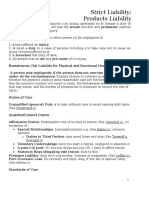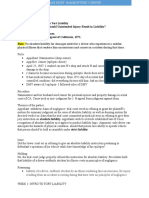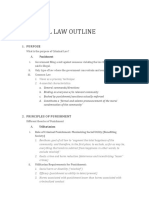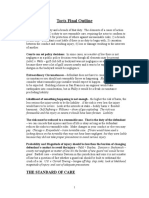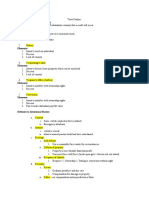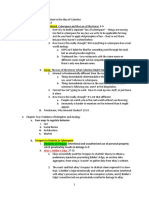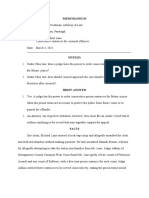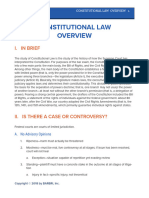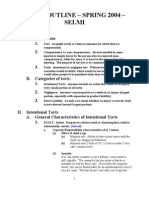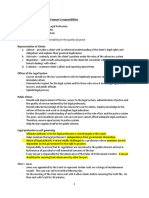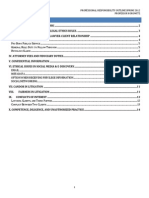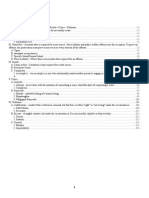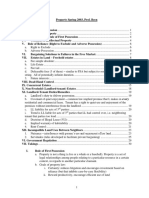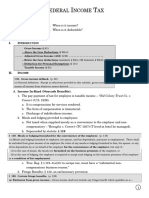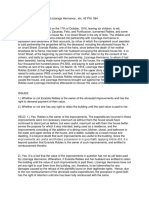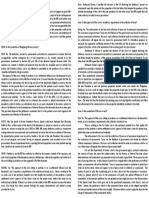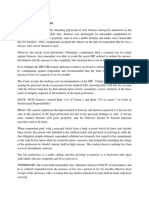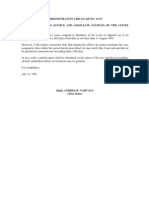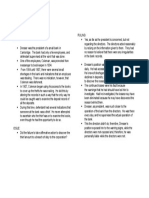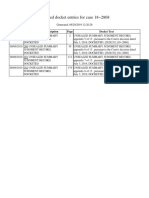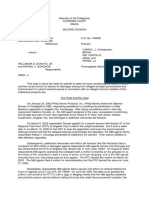0% found this document useful (1 vote)
150 views16 pagesAssignment #3 68-77 Assignment #5 106-115 Assignment #6 119-128
Here are the key points from the case:
- Plaintiff was injured when he fell through a glass shower door in the defendant's apartment building.
- Plaintiff presented expert evidence that since the 1950s, using shatterproof glass in bathroom enclosures had become common practice, and by 1976 (the date of the accident) the type of glass used no longer met accepted safety standards.
- The lower court awarded damages to the plaintiff. The appellate court reversed, finding the defendant had no duty to replace the glass without prior notice of a danger.
- The Court of Appeals held that evidence of custom and practice in the industry can be used to determine the standard of reasonable care and whether the defendant's conduct was negligent.
Uploaded by
Marco FortadesCopyright
© © All Rights Reserved
We take content rights seriously. If you suspect this is your content, claim it here.
Available Formats
Download as DOCX, PDF, TXT or read online on Scribd
0% found this document useful (1 vote)
150 views16 pagesAssignment #3 68-77 Assignment #5 106-115 Assignment #6 119-128
Here are the key points from the case:
- Plaintiff was injured when he fell through a glass shower door in the defendant's apartment building.
- Plaintiff presented expert evidence that since the 1950s, using shatterproof glass in bathroom enclosures had become common practice, and by 1976 (the date of the accident) the type of glass used no longer met accepted safety standards.
- The lower court awarded damages to the plaintiff. The appellate court reversed, finding the defendant had no duty to replace the glass without prior notice of a danger.
- The Court of Appeals held that evidence of custom and practice in the industry can be used to determine the standard of reasonable care and whether the defendant's conduct was negligent.
Uploaded by
Marco FortadesCopyright
© © All Rights Reserved
We take content rights seriously. If you suspect this is your content, claim it here.
Available Formats
Download as DOCX, PDF, TXT or read online on Scribd
/ 16
